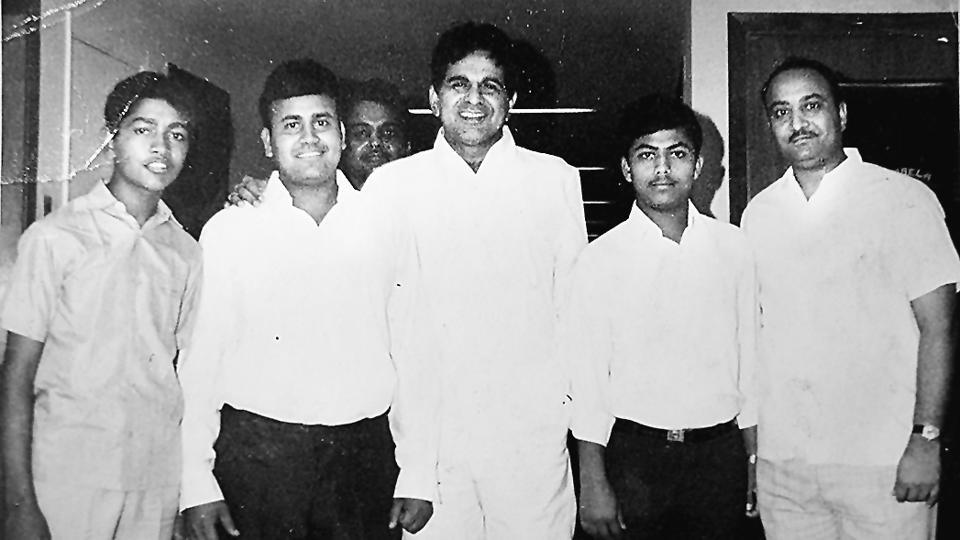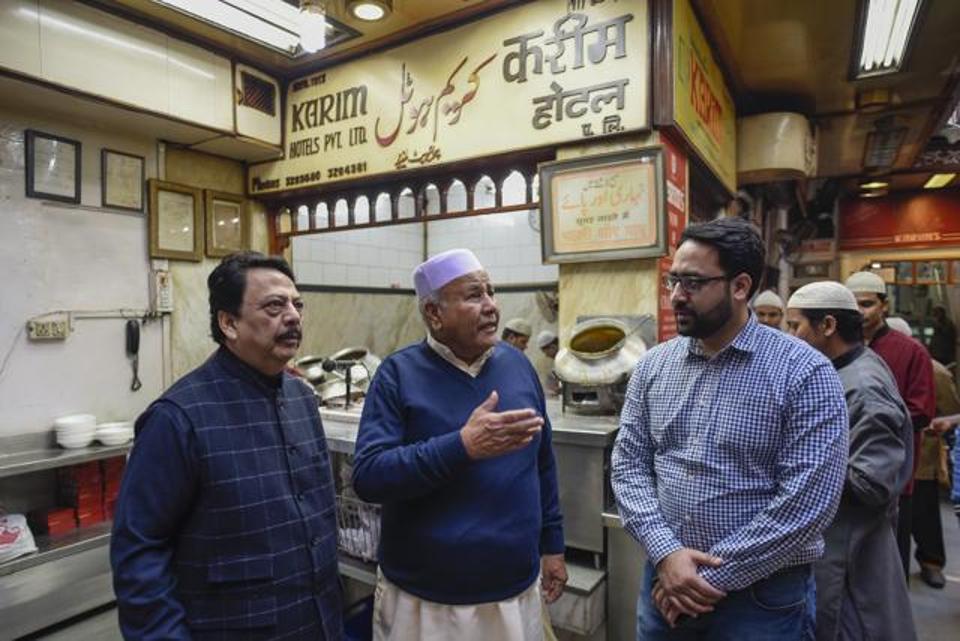Shillong, MEGHALAYA :

Syedullah Nongrum speaking at a function
In the heart of Meghalaya, where Christianity is deeply woven into the cultural fabric, Syedullah Nongrum stands as a prominent figure, embracing both his Khasi and Muslim identities.
As the General Secretary of the Shillong Muslim Union (SMU) for the past three decades, Nongrum has played a pivotal role in safeguarding and uplifting the Muslim community while fostering interfaith harmony.
Founded in 1905, the Shillong Muslim Union (SMU) holds a legacy older than the All India Muslim League, which was established a year later in 1906. The union has had a long history of leadership, with none other than India’s former President, Fakhruddin Ali Ahmed, serving as its first president in 1964.
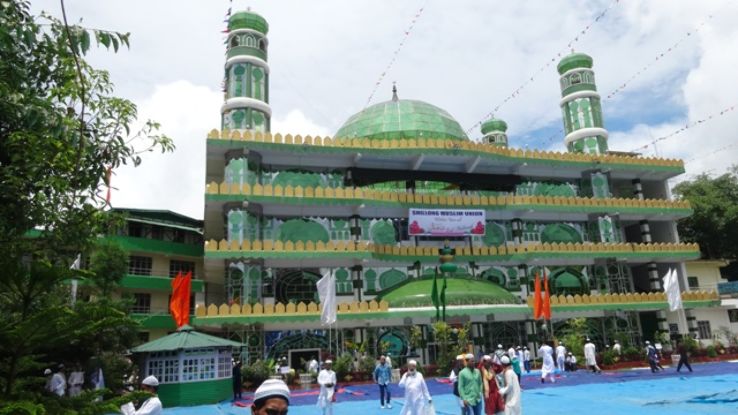
Madina Mosque, Shillong, Meghalaya
“I had extensive discussions with the former President Fakhruddin Ali Ahmed about the welfare of the Muslim community in Meghalaya,” Nongrum recalls. Determined to revive the organization, his first step was to set up a dedicated office in Shillong. Over the years, he has worked relentlessly to protect and enhance SMU’s assets, ensuring its service to all communities, irrespective of caste, creed, or religion.
When Nongrum took over in 1982, SMU’s properties were in disarray, and opportunists had begun to take advantage of the situation. “The guest house and orphanage were dilapidated, and the Idgah ground was in terrible shape,” he says.
Determined to transform these neglected assets into centers of growth and learning, Nongrum spearheaded the construction of Madina Masjid, the only glass mosque in India.
This magnificent structure in Shillong is not just a place of worship, it also has an Islamic learning center; houses a school for underprivileged children, and a higher education college with modern facilities in science, arts, and technology.
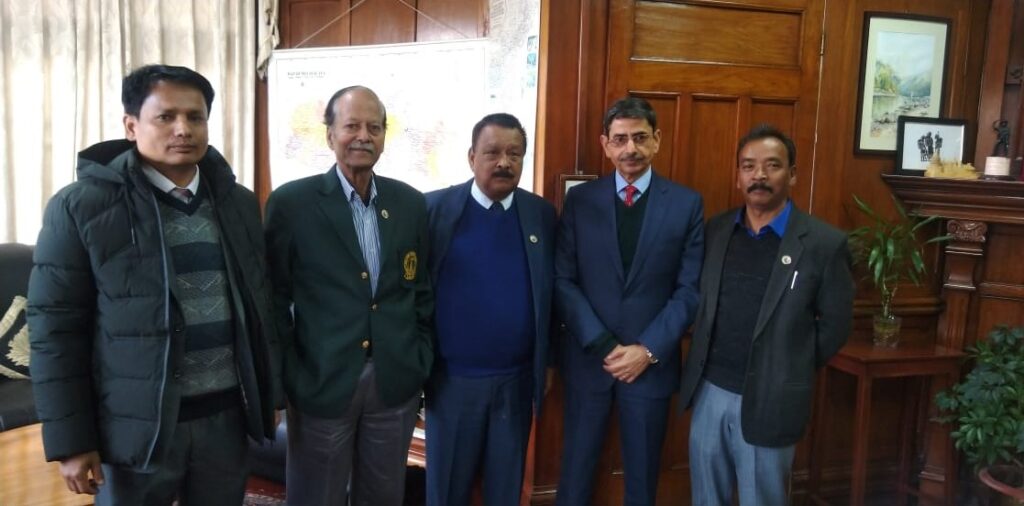
Syedullah Nongrum (third from left) with former Nagaland Governor RN Ravi (second from right)
Beyond Shillong, SMU has successfully sponsored four other mosques and multiple graveyards in different districts of Meghalaya.
Nongrum, son of Subartan Bibi Nongrum and Late S.K. Abdullah, hails from the state’s oldest Khasi-Muslim family. The son of Late Subartan Bibi Nongrum and Late S.K. Abdullah, he holds a unique place in Meghalaya’s political landscape.
He is the only tribal Muslim to have been elected to the Meghalaya State Assembly, representing Rajabala constituency since 1993. He has served as a cabinet minister, advocating for the rights and development of his people.
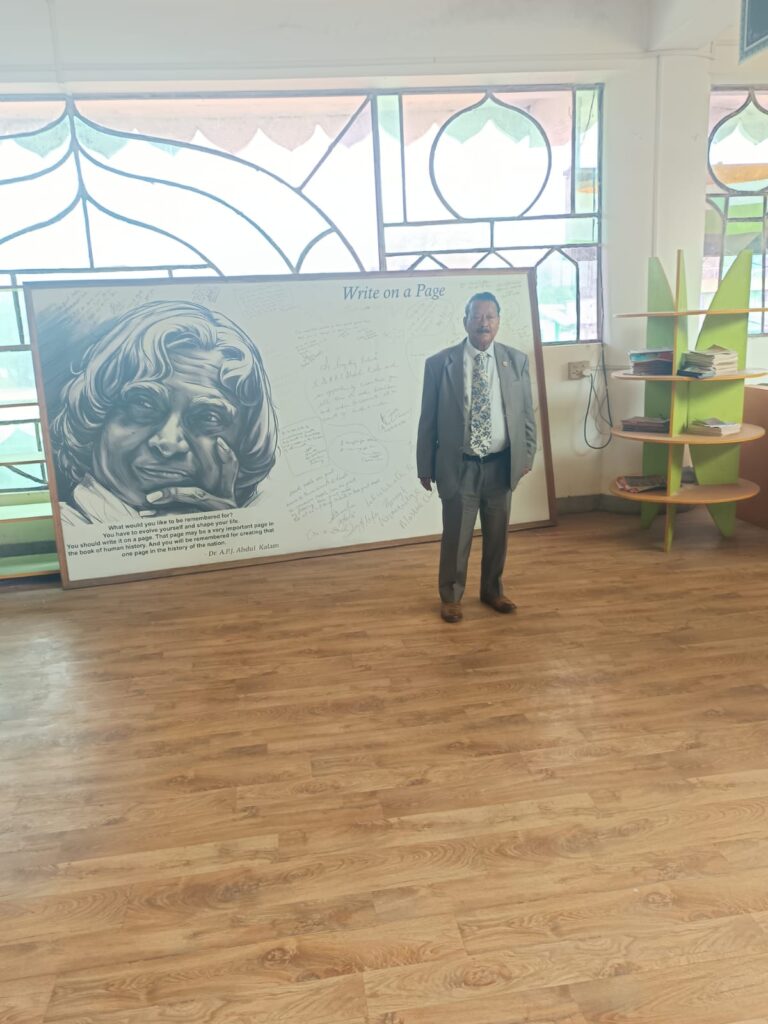
A painting of President APJ Abdul Kalam inside the Madina mosque library
His contributions extend to education. He played a crucial role in establishing Umshyrpi College which has over 3,500 students. “We ensure that education reaches the underprivileged, regardless of their community or background,” he emphasizes.
For Nongrum, SMU is not just an institution for Muslims—it is a platform for all communities. His vision transcends religious boundaries, as reflected in his role as a founder member of the Shillong All Faith Forum, a collective that promotes communal harmony and mutual understanding among different religious groups.
“We follow the traditions of the land. As an obedient Khasi Muslim, I am committed to carrying forward the good work for the betterment of Meghalaya,” Nongrum asserts.
His journey is a testament to resilience, leadership, and inclusivity. In a region where identities are often defined by religion and ethnicity, Syedullah Nongrum has emerged as a bridge between communities rooted in their respective cultures.
(The writer is an independent journalist based in North East India)
source: http://www.awazthevoice.in / Awaz, The Voice / Home> Story / by Jhumur Deb, Shillong / Februarty 26th, 2025
